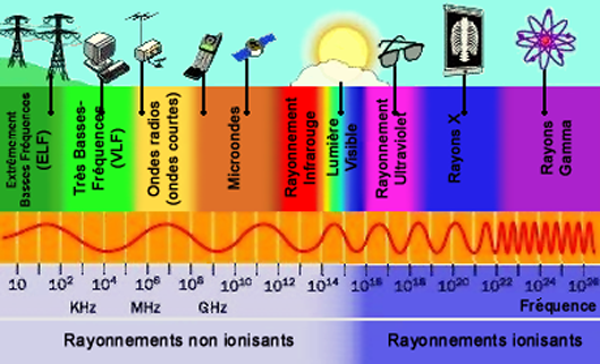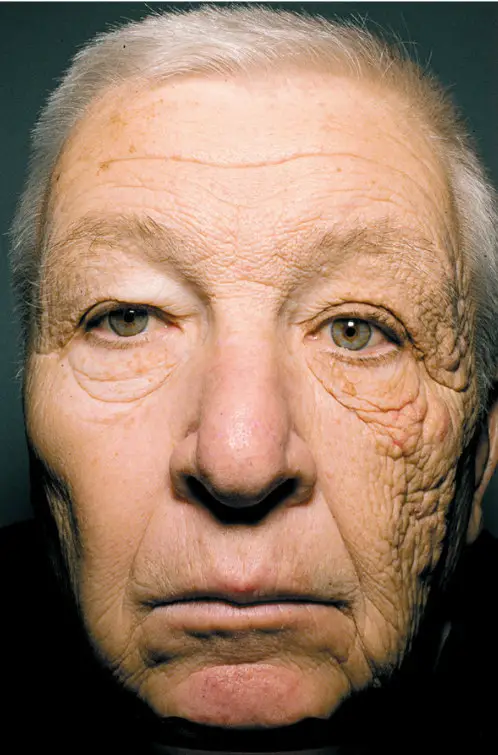The chemical reactions induced by light are studied by a branch of chemistry that is called, not surprisingly, photochemistry. By light, we mean here “electromagnetic waves”; which includes, in addition to visible light, ultraviolet (UV), infrared (IR).
Wave families are classified by frequency, which is equivalent to classifying them according to their energy.

To act on an organic (carbon-based) molecule such as a tree leaf, paint, a piece of plastic or our skin, the radiation must carry enough energy to activate a reaction at the subatomic level.
In general, the more energetic the radiation, the more potentially harmful it is. We know that Gamma rays (example) and X-rays are very damaging to our cells, but the dangerousness of UV rays on organic molecules is generally not estimated at the level of the damage that this family of waves can inflict.
Fortunately for us, the sun has an emission spectrum that does not extend to Gamma rays or X‑rays. However, it emits a significant amount of UV light. We are therefore constantly subjected to a bombardment of UV radiation, the effects of which accumulate over time. Although the degrading effects caused by UV exposure are visible around us on plastic materials or paints without anti-UV additives, we too often neglect the protection of our skin, partly because it regenerates naturally, unlike patio varnish…
The effects of prolonged and repeated exposure to UV, however, have irreversible consequences on our skin as sadly witnessed by Mr. Bill McElligot, who became famous following the article published in the New England Journal of Medicine (Ref. https://www.nejm.org/doi/full/10.1056/NEJMicm1104059). Mr. McElligot drove his delivery truck daily for 28 years, thereby exposing the left side of his face to UV light in a prolonged and repeated manner, all resulting in premature localized aging.
With sunny weather coming, have the “sunscreen” reflex. And do not forget also that even though the windows in the house filter the vast majority of UV rays, some of them (mainly UVA) reach our skin.
When traveling in a car for long periods, also keep in mind that very often only the windshield is treated against UVA. So, applying a UV protection film to the side windows or adding a sun visor for the kids in the back is a great idea.
Like many things in life, enjoy the weather in moderation … and protection!
David Rousseau, M.Sc., Chemist
Scientific Expert
Senior Project Manager
Materials – Chemistry
drousseau@msei.ca
514-679-2058

